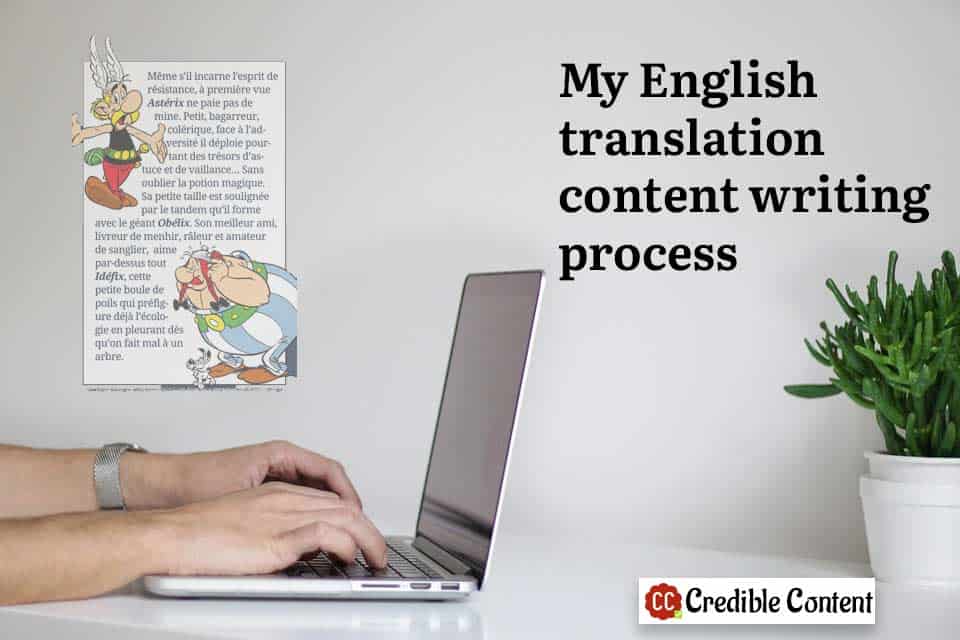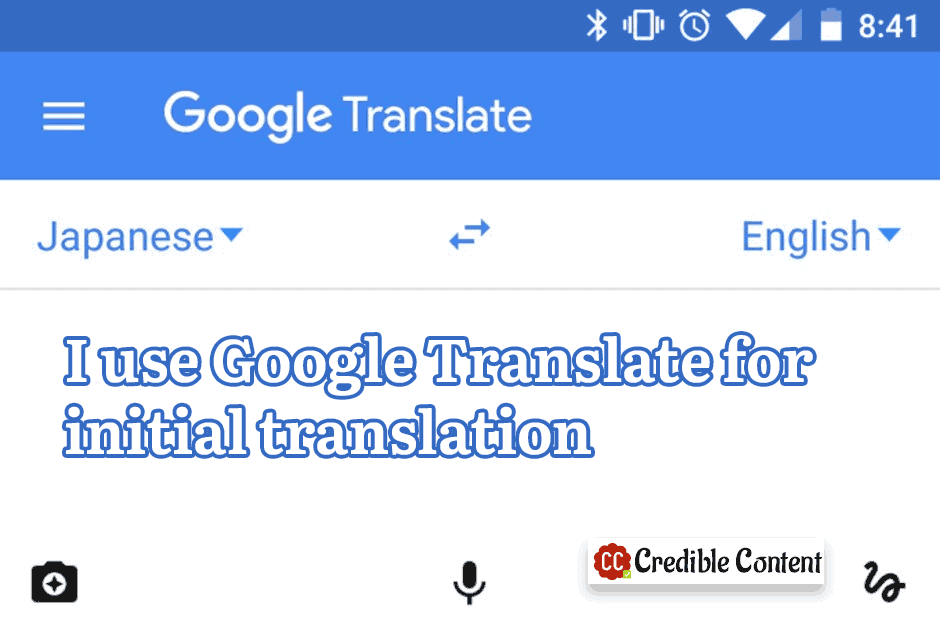For a few months I have been getting translation projects from my content writing website.
I wasn’t actively seeking translation assignments.
Someone from LinkedIn randomly contacted me that he would give me text in his local language. Then I could use Google Translate to make the rough translation and then refine it using my own writing.
That was a fun project. It was very easy. The matter was there right in front of me. I just had to make it better. The client was quite happy.
This encouraged me to create a dedicated section on my website offering my translation services. Whatever is the language, if it exists on Google Translate, I can do the translation.
In fact, translation work is easier than doing the regular content writing work because I don’t need to do research. The matter is already there. I just need to rewrite it in better English.
Below I am explaining my translation process.
Get the list of the pages from the client that need to be translated
Sometimes the website in the native language is already live so I just need the URLs.
When the website is not live, the client sends me the text files. I prefer plain text files in Unicode formatting so that the text can be easily used for translation.
Even if the client is using a CMS, he or she gives me access to the dashboard and from there I get all the content I need to translate.
Use Google Translate to get the rough translation
You must be wondering, if the text can be translated using Google Translate, what’s the need to hire my translation services?
Translation isn’t simply verbatim transition from one language into another. They’re not simply words. These words and sentences have a meaning.
The meaning is usually lost when you use mechanical translation. This is because, a mechanical translator like Google Translate cannot use emotions when rewriting the text in another language.
Sales copy, for example, is all about emotions. When you’re trying to sell from your website, do you really want to depend on a mechanical translator? No. You need convincing writing.
This, is the reason why people hire me for my translation services.
As a trained content writer and copywriter, I inject meaning into the words that I write.
I don’t translate word by word. I use my own judgement. I use my own sentences. I decide which words to use and which ones to disregard.
As a result, in many cases, what I write in English is much better than what was initially written in the native language.
Once, the client rewrote his pages in the native language according to what I had translated in English.
So, what do I do?
Once I have received the list of the URLs, I visit the individual URL and copy/paste the text into a text editor.
Then, paragraph by paragraph, I start translating.
I copy/paste the paragraph into the Google Translate box, get the gist of what has been written, and then write it using my own style.
Do I always understand what Google Translate has translated?
No, sometimes I don’t.
Due to many nuances in the native language, sometimes what Google Translate has translated doesn’t make sense.
Then I approach the client and he or she does his or her best to explain to me what is being said and then I write it using proper language.
In fact, I’m liking the translation work so much (I’m not saying I’m getting a lot of it) that I may accept a greater number of translation assignments. The best thing is, the clients are quite happy with the translation work.
It is a serendipitous turn of events.


